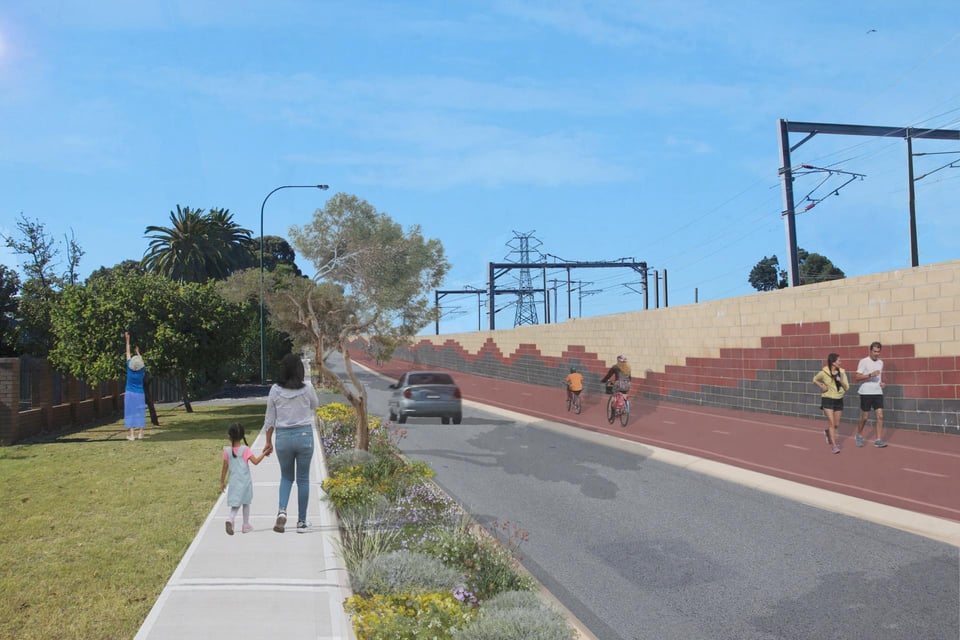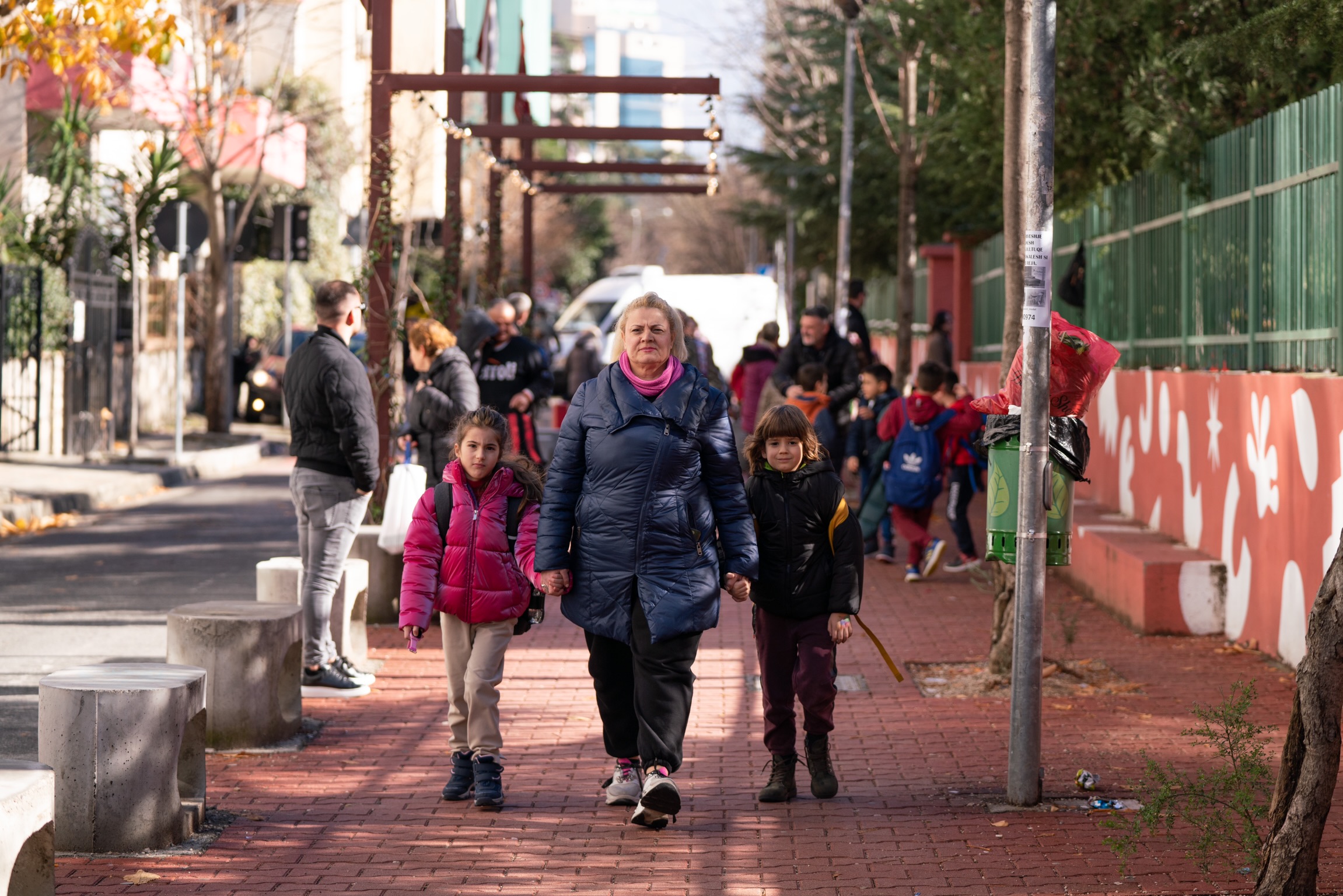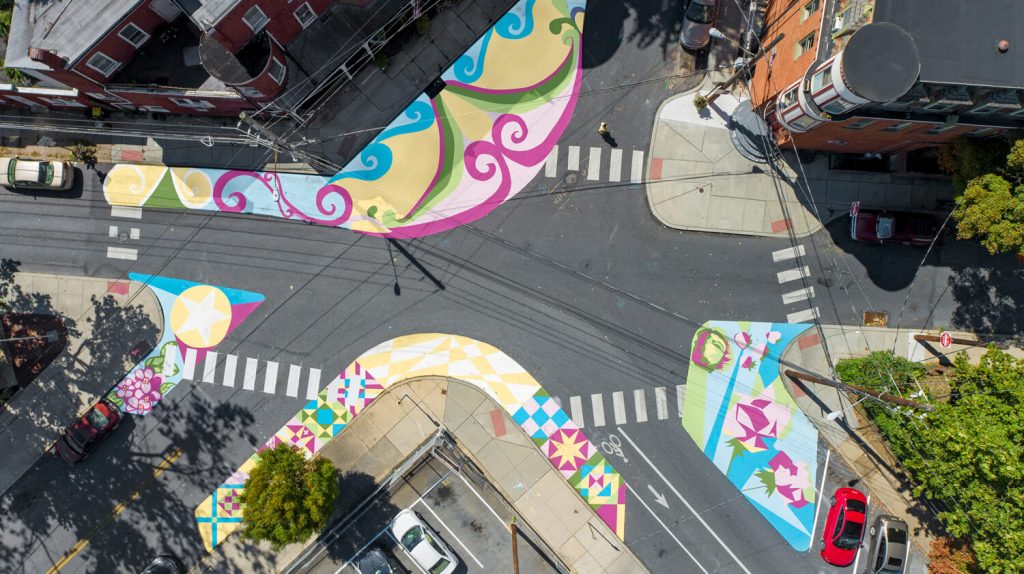Sky's Vic Park Newsletter #5: community campaigns and a city for children
Kaya!
I hope that you're all well and enjoying Djeran, as we see a shift away from the intense heat.
At the moment elected members are attending about three meetings a week, including the public meetings, workshops to learn about what Town staff are proposing for the coming year's budget, and meetings to set strategy. We're also getting a lot of emails from the public, as I'll explain below.
In this newsletter you'll find:
An overview of the decisions coming up at our next council meeting;
What's happening behind the scenes at council (and community campaigning in particular);
Some ways to get involved in the community; and
Visions of a child-friendly city.
Coming up at the next meeting
On the 16th April, the monthly Ordinary Council Meeting will be held at 6:30pm. Items on the agenda have been discussed at the Agenda Briefing Forum, which is a chance to ask questions before we make decisions.
Items on the agenda include:
Recommendations for economic development grants (Item 12.1);
A recommendation that the WA Planning Commission reject the development application for a 16 story apartment building on Banks St on the basis of serious design flaws (Item 12.3, and to see a discussion of our options chief community planner on the meeting recording, starting around 12min 50s in the recording);
A review of the idea that we eventually shift the council buildings to the future Macmillan precinct;
The future of the McCallum Park Active Area and the Kent St Sand Pit; and
Financial reports.
Behind the scenes at council
A significant portion of my time as a councillor is currently being spent engaging with the community about the proposed options for completion of the Rutland Avenue Principal Shared Path (PSP) protected bike lane (outlined in more detail in my first newsletter). This is a good opportunity for me to reflect a bit on what it looks like to put pressure on your local representatives and build a campaign around issues you care about.

A significant effort has gone into the campaign against the option where the Town completes the PSP by turning Rutland Ave into a one-way road for a short section. As well as door-knocking to put together a petition, concerned residents have met with councillors (including me) and with Hannah Beazley, and have leafletted sections of Lathlain encouraging residents to email us with concerns that removing a lane from Rutland will increase traffic through local streets on Lathlain.
Other parts of the community would like us to prioritise the completion of the PSP, voicing support for removing a lane of Rutland Ave in order to more quickly build a protected bike lane while also allowing for a well-shaded footpath. There is also a petition currently being put together in favour of this option.
So how do elected members decide their vote? The training I've recently gone through makes it clear that we should be representing the community's views, but not necessarily just voting for what we think more people want. We play a role connecting Town staff to the community, so we need to ensure that staff know about concerns around removing a lane from Rutland, as well as about requests for a timely completion of the PSP. Ultimately, when it comes to the vote, we have to do what we think is in the interests of the whole community.
In order to do so, we are required by the WA Local Government Act to consider various factors, including promoting "the economic, social and environmental sustainability of the district", planning for and mitigating climate change, and considering "potential long-term consequences and impacts on future generations". Councillors will take different approaches to this - we all see the world through our own lens.
While it's disheartening to see sections of the community pulling in opposite directions on this, it's clear that most people who are getting in contact with us have shared values. They want people, including children, to be safe walking and riding through local streets. They want urban greening, low levels of traffic, and to have a say on issues that effect them. These are all issues that I care about, and I'm thinking through options that build on those shared values.
Get involved
For those of you not ready to enter the fray on the PSP, there are some alternative options for getting engaged with the community:
The WA Tree Festival runs from April to May, and there will be a guided bushwalk through Jirdarup bushland on 28th April.
Vic Park Arts Season has begun! Check out workshops, shows, talks, and treasure hands.
The Collective Shed is now in place, and the community is invited to come help with the next steps.

Inspiration from elsewhere: a city for children
As a parent of young children, I often notice the many ways that cities make it hard for children - and their families - to fully engage.
I like this idea for using a 'reverse periscope' to see the city through children's eyes. (And the website has many more ideas for making cities better for children.)
A Pattern Language is a beautiful book exploring how to build good spaces. I love Pattern 57:
As part of the network of bike paths, develop one system of paths that is extra safe - entirely separate from automobiles, with lights and bridges at the crossings, with homes and shops along it, so that there are always many eyes on the path. Let this path go through every neighborhood, so that children can get onto it without crossing a main road. And run the path all through the city, down pedestrian streets, through workshops, assembly plants, warehouses, interchanges, print houses, bakeries, all the interesting "invisible" life of a town - so that the children can roam freely on their bikes and trikes.
And finally, some beautiful images of safer streets for kids:

This Albanian City Should Inspire America to Go Big on 'School Streets' — Streetsblog USA
Streets near schools should be for kids — not cars. And this Albanian city is set to reimagine roads in front of all its learning centers.

New Study Shows Streets Are Safer with Asphalt Art | Bloomberg Philanthropies
By: Nicholas Mosquera, Julia Nachemson and David Andersson Can art make streets safer? As part of our Asphalt Art Initiative, a new study found that city streets became considerably safer for pedestrians after incorporating art into roadway redesigns.
We are all connected
I am continually grateful for the safety and beauty of my life here. Looking beyond our borders, we can try to build a better world for all by advocating for action on Palestine, opposing worrying new immigration laws, and donating to organisations like the World Food Program.
That's all folks!
Thanks for reading! As always, I encourage you to get in touch if there's anything you want to ask about or discuss.
best wishes,
sky.